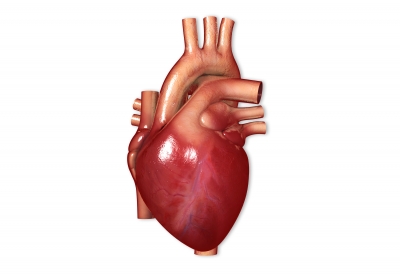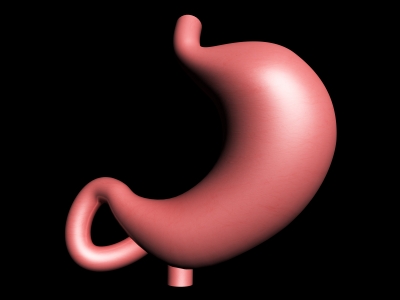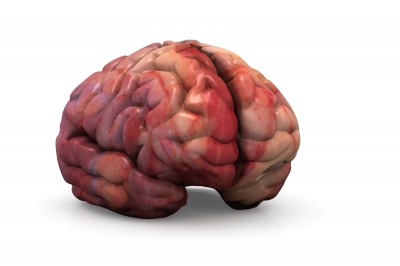
Your ear helps you hear.
- Ears are located in the middle of either side of a human’s head.
- Ears are the only hearing organs in the human body, functioning mainly to receive sound, but also help maintain balance.
- The visible portion of an ear is part of the outer ear, and is called an ‘ear flap’, ‘auricle’ or ‘pinna’.
- The ear flap or pinna provides protection for the internal parts of the ear, and it also collects and helps to transport sound to the inner ear.
- Ears consist of three main sections – the inner ear, middle ear, and outer ear.
- Human’s hear due to sounds being channeled through the ear to the eardrum, which vibrates three small bones that cause vibrations into a fluid in the cochlea, where 20,000 nerve cells send messages to the brain.
- Earaches and sometimes other pains in the ears, are caused when the tube that removes mucus and helps control pressure, the Eustachian tube, is blocked by cold.
- Rough treatment of the visible ear can cause deformation, or a ‘cauliflower’ appearance, due to blood cutting off nutrients, killing parts of the organ.
- Glands in the ear create earwax or cerumen, which is a yellow substance that helps clean and protect the organ.
- Piercing the earlobe, visible at the bottom of the ear flap, is and has been a common practise in the past millenniums, although too much pressure on the earlobe can cause it to tear.
Bibliography:
Ear, 2013, Wikipedia, http://en.wikipedia.org/wiki/Ear
The Human Ear, 2013, The Physics Classroom, http://www.physicsclassroom.com/class/sound/u11l2d.cfm





















